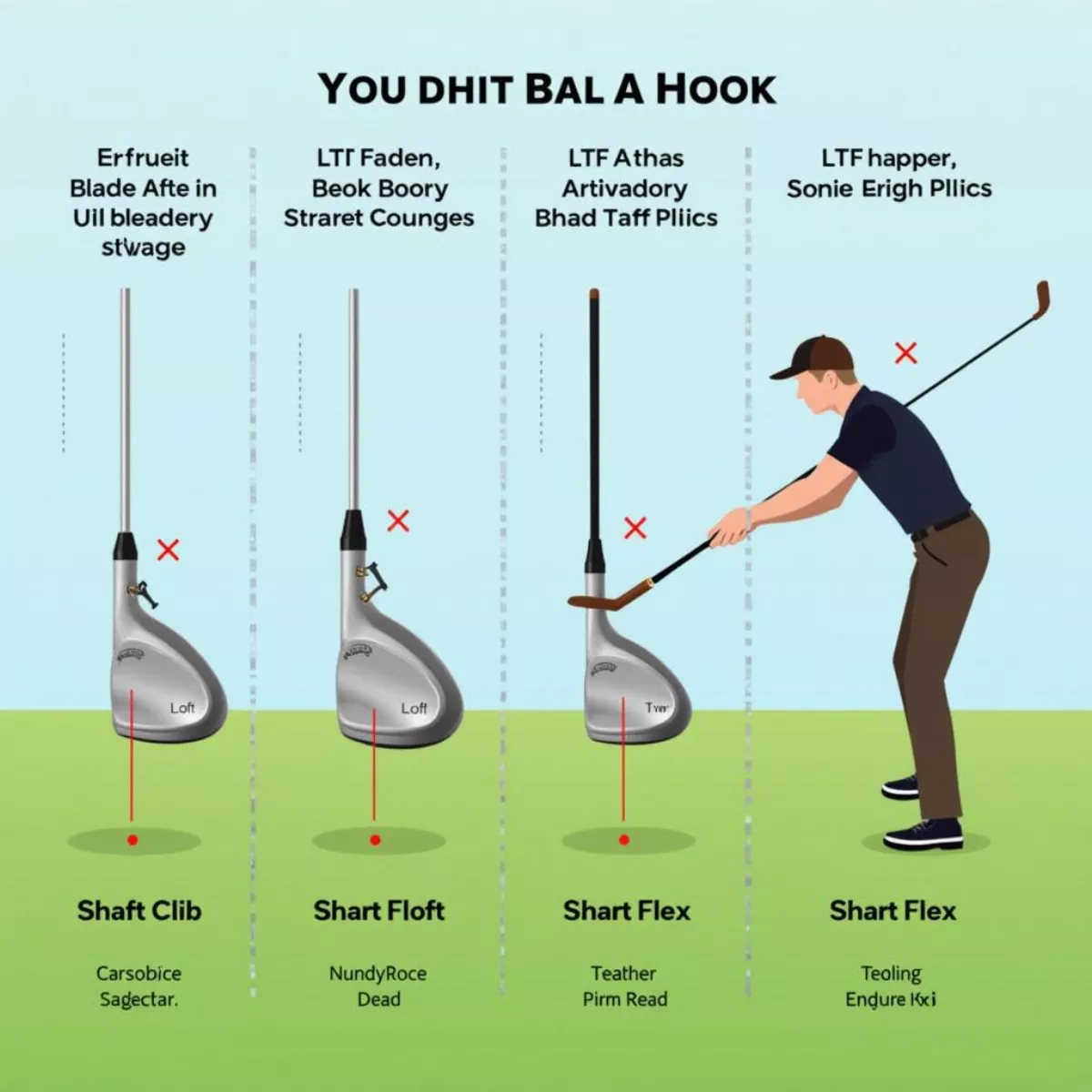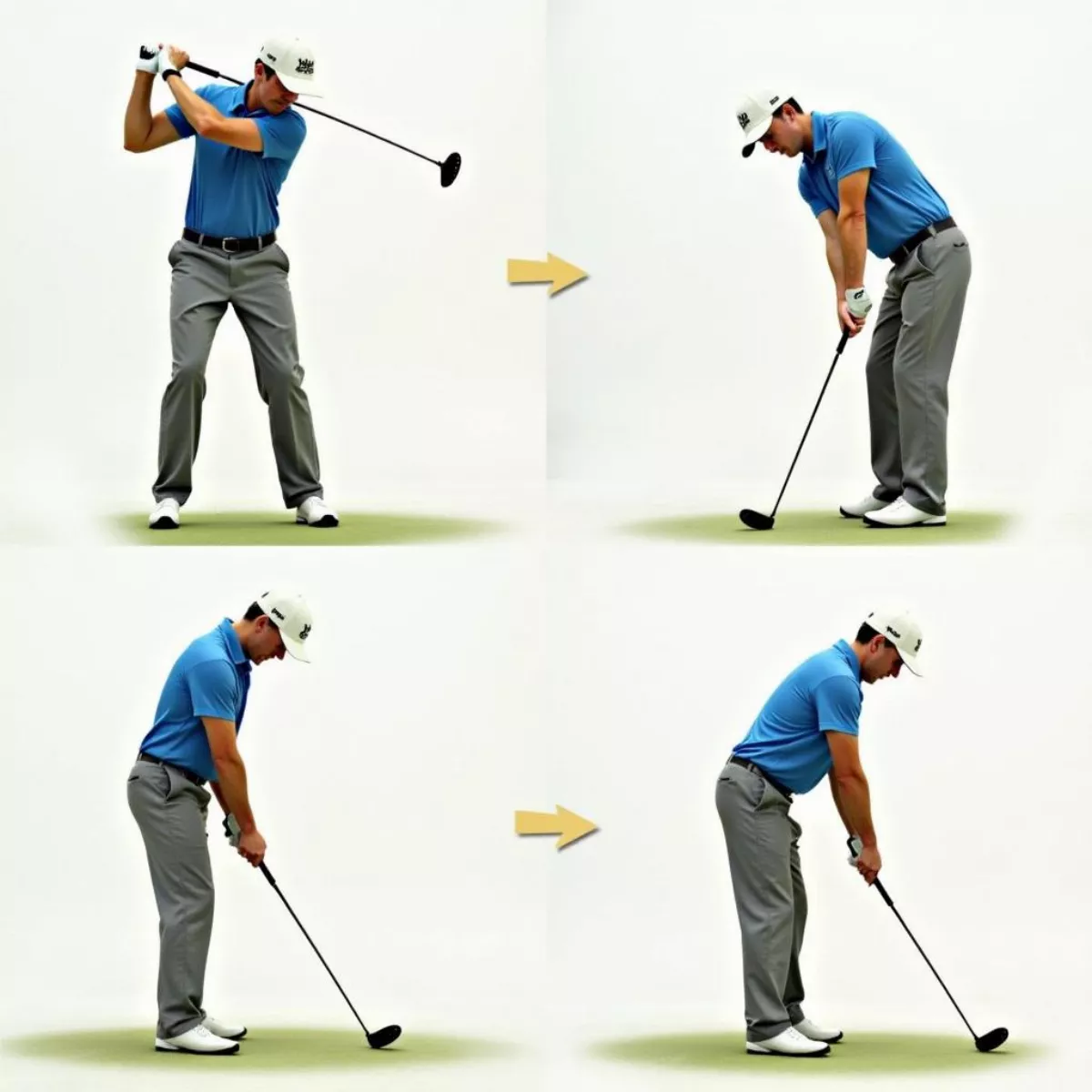Golf is an exhilarating sport that combines precision, power, and a bit of finesse. Nonetheless, nothing can derail a promising round quite like a golf hook. If you’ve ever wondered why your ball takes a sharp turn to the left (for right-handed golfers), you’re not alone! In this article, we’ll dive into the causes behind a golf hook, provide tips to prevent one, and arm you with knowledge to improve your game.
What is a Golf Hook?
Before we delve into the mechanics, it’s crucial to understand what a golf hook is. A hook is a shot that curves dramatically from right to left (for right-handed players) or left to right (for left-handed players). While a mild hook may add some distance, an exaggerated one can lead to trouble and frustration on the course. The objective is to maintain control and accuracy throughout your swing.
Causes of a Golf Hook
Understanding the causes behind a golf hook will help you identify potential adjustments to your swing. Here are the most common causes:
1. Closed Clubface at Impact
The most prevalent cause of a golf hook is a closed clubface at the moment of impact. If the clubface is angled downward or closed relative to the swing path, the ball will spin heavily to the left.
2. Swing Path
A misguided swing path can also contribute to a hook. If your swing moves from the inside to the outside, this path can apply force to the left, particularly when combined with a closed clubface.
3. Grip Issues
Your grip plays a significant role in how the clubface meets the ball. A grip that is too strong (where your hands are rotated too far to the right on the club) will promote a closed clubface, resulting in a hook.
 Golf Grip Strength
Golf Grip Strength
4. Overactive Hands
Using too much hand motion in your swing can cause the clubface to rotate excessively, leading to an unwanted hook. If you’re too hands-on, your swing can lose its natural flow, pushing the ball to curve.
5. Poor Setup
Another reason could be an improper setup. If you’re positioning your weight too far forward or your body alignment is off, it can trigger an unexpected draw or hook.
6. Equipment Issues
Believe it or not, your golf clubs could be at fault! Choosing the wrong shaft flex or clubhead design can influence your ball flight. A driver that’s too upright, for instance, can exacerbate the tendency to hook.
 Different Golf Clubs
Different Golf Clubs
Tips for Preventing a Golf Hook
Now that we’ve established some of the key causes behind a golf hook, here are actionable tips to help you correct your swing.
1. Check Your Grip
- Use a neutral grip, where your hands neither favor the left nor the right side of the club.
- Adjust your grip pressure. A light grip can enhance control.
2. Focus on Swing Path
- Aim for an outside-in swing path to promote a straight shot.
- Practice with alignment sticks or training aids to visualize your path.
3. Control Your Clubface
- Keep the clubface square to the target at impact.
- Use drills to enhance your awareness of the clubface throughout your swing.
 Golf Swing Sequence
Golf Swing Sequence
4. Analyze Your Setup
- Ensure proper weight distribution. Your weight should shift to your back foot during the backswing and then smoothly transition to your front foot during the downswing.
- Align your body toward the target while setting up for your shot.
5. Use Technology
Consider using technology to analyze your swing. Devices like launch monitors or videos can provide feedback and help you make the necessary changes.
6. Practice, Practice, Practice
Regular practice is critical. Incorporate drills focused on swing mechanics and ball striking to train your muscle memory.
Key Takeaways
- A golf hook is usually caused by a closed clubface, improper swing path, grip issues, and poor setup.
- To prevent hooking the ball, ensure a neutral grip, focus on your swing path, control the clubface, and analyze your setup.
- Regular practice is essential to internalize good habits and improve your game.
FAQ Section
1. What is the best way to cure a golf hook?
- Focus on improving your grip, ensuring your clubface is square at impact, and practicing the correct swing path.
2. Can equipment cause a golf hook?
- Yes, using the wrong shaft flex or club design can contribute to an unwanted hook.
3. How can I tell if my grip is too strong?
- If you see too many knuckles on your left hand (for right-handed players) when holding the club, your grip may be too strong.
4. Is it possible to fix a golf hook in one day?
- Improving your swing takes time; however, with focused practice, you can see significant progress quickly.
5. Should I adjust my stance if I’m hooking the ball?
- Yes, ensuring proper alignment and weight distribution can help to fix a golf hook.
6. Can changing my ball position help?
- Yes, adjusting your ball position in your stance may help to correct the hook if it’s caused by path issues.
7. How can I get immediate feedback on my swing?
- Using video analysis or a launch monitor during practice can provide instant feedback on your swing mechanics.
8. What drills can help prevent hooks?
- Drills that promote a proper grip, along with those focusing on swing path and clubface control, are effective.
9. How long does it take to fix a golf hook?
- Fixing a golf hook varies by individual. With consistent practice, you might see improvements within a few sessions.
10. Should I seek professional help if I can’t fix my hook?
- If you’re struggling, seeing a golf professional can provide tailored instruction to rectify your issues.
In conclusion, understanding the causes of a golf hook is the first step in overcoming this common golfing challenge. By making strategic adjustments and maintaining a consistent practice regimen, you can regain control over your game and sidestep those frustrating hooks. Happy golfing!

